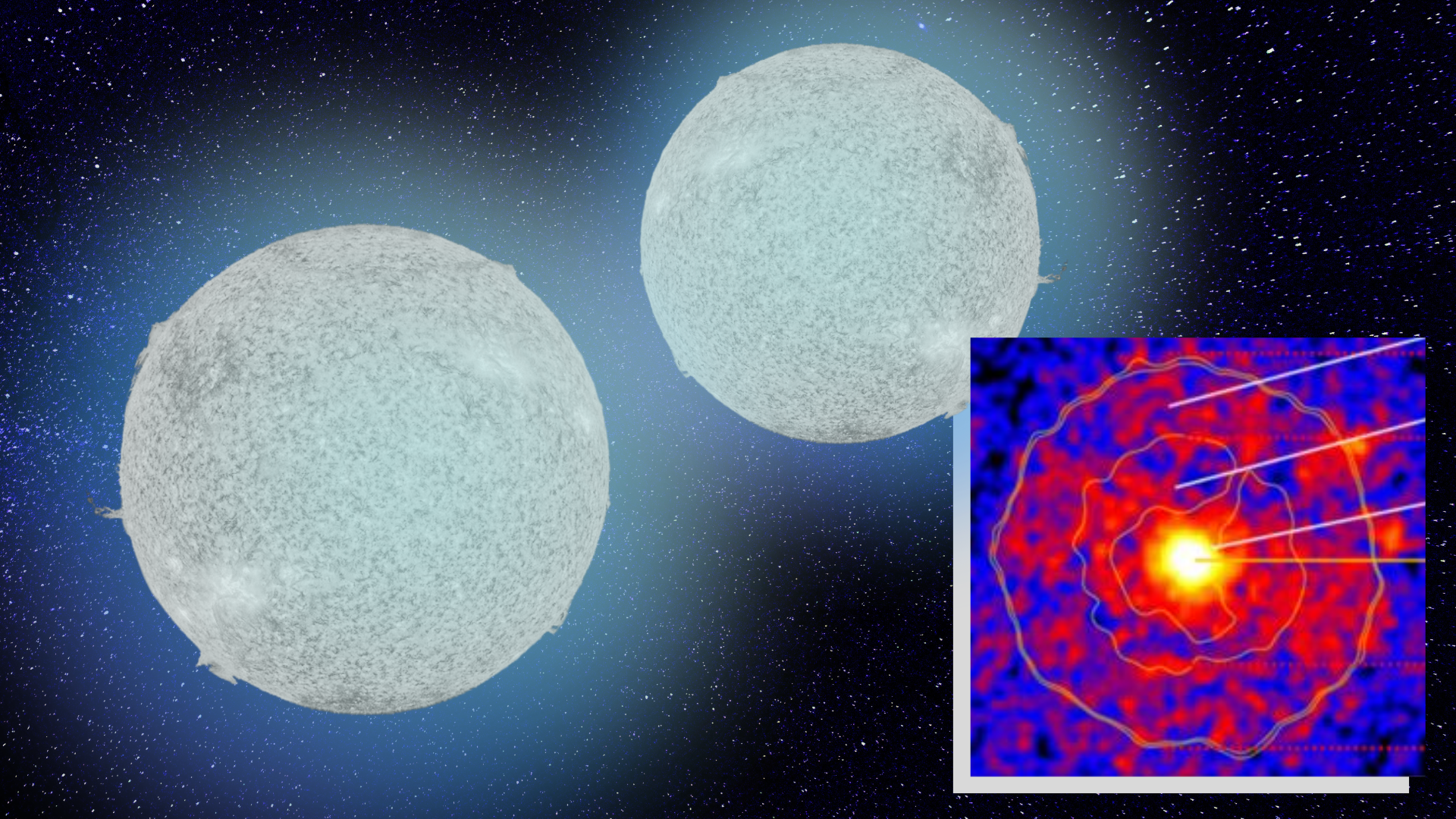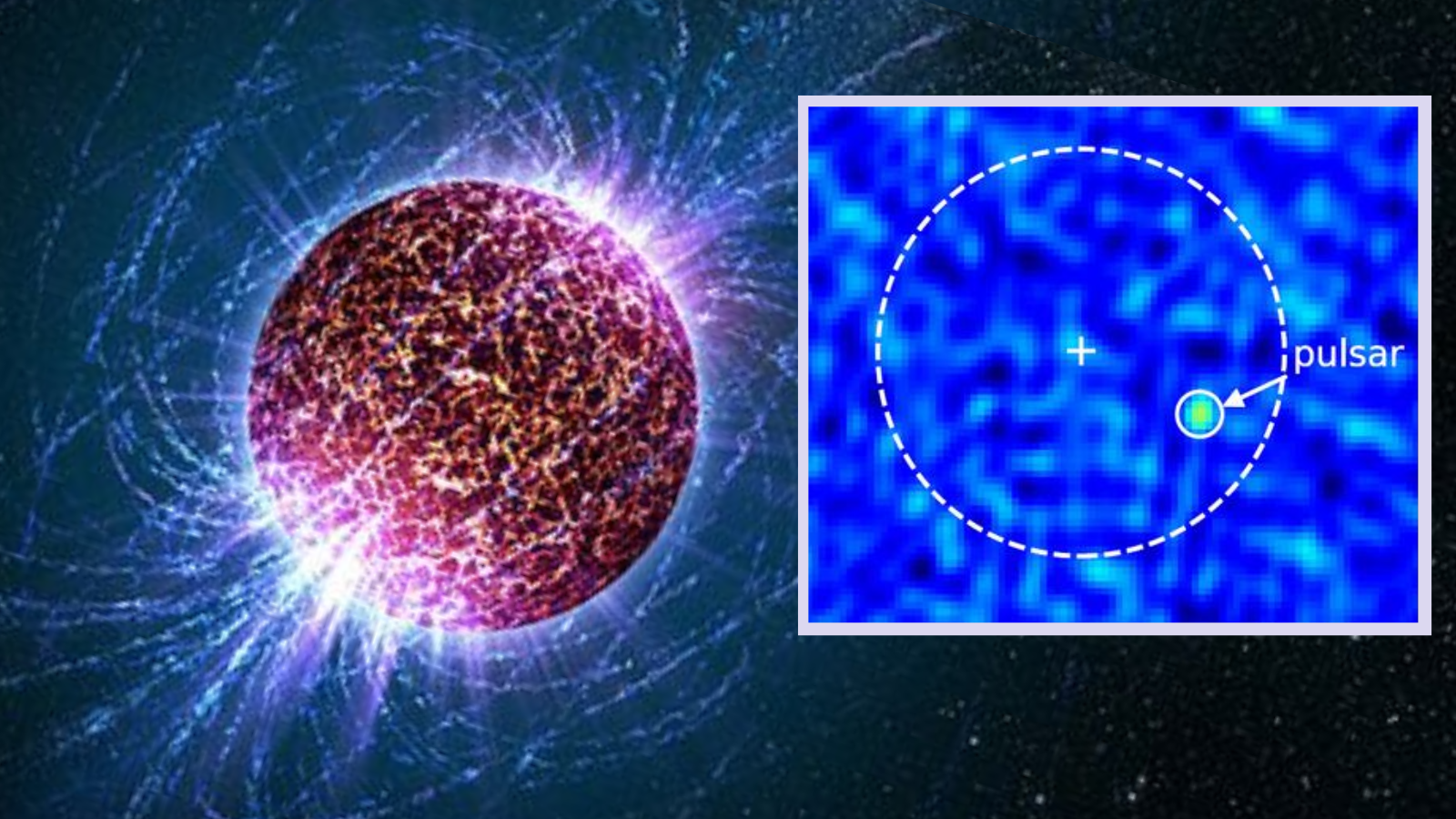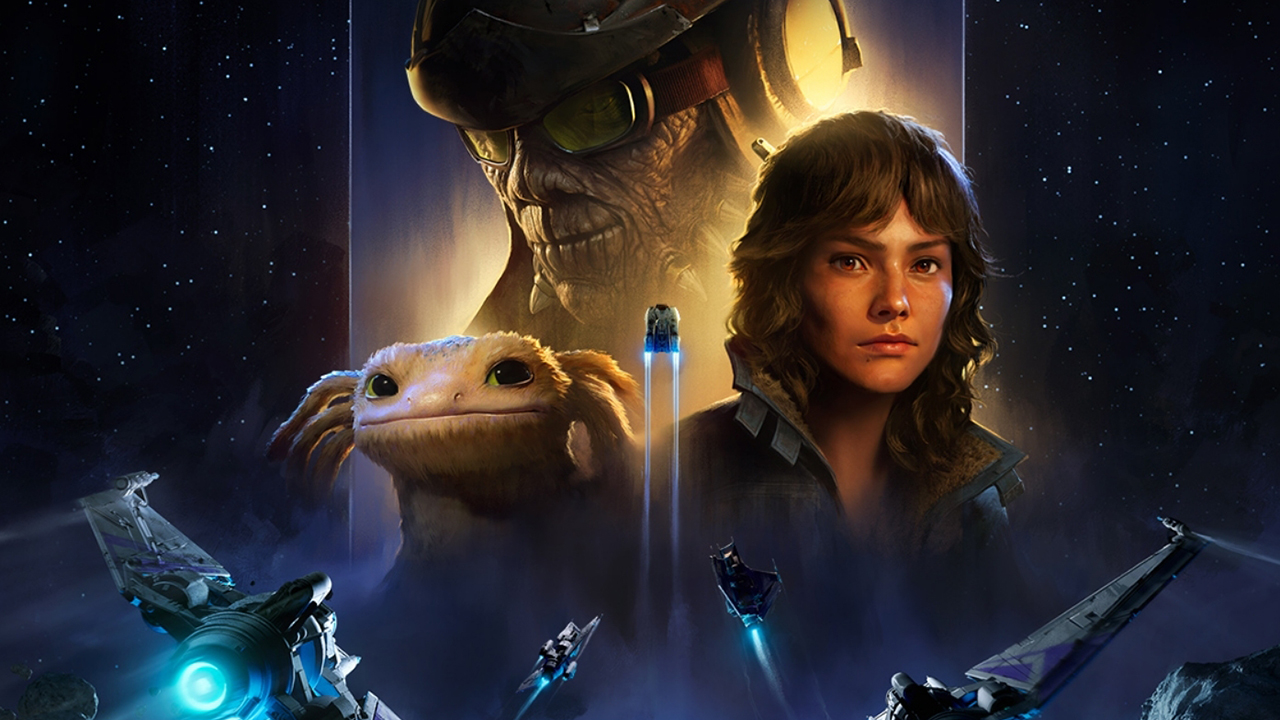Stars
Latest about Stars
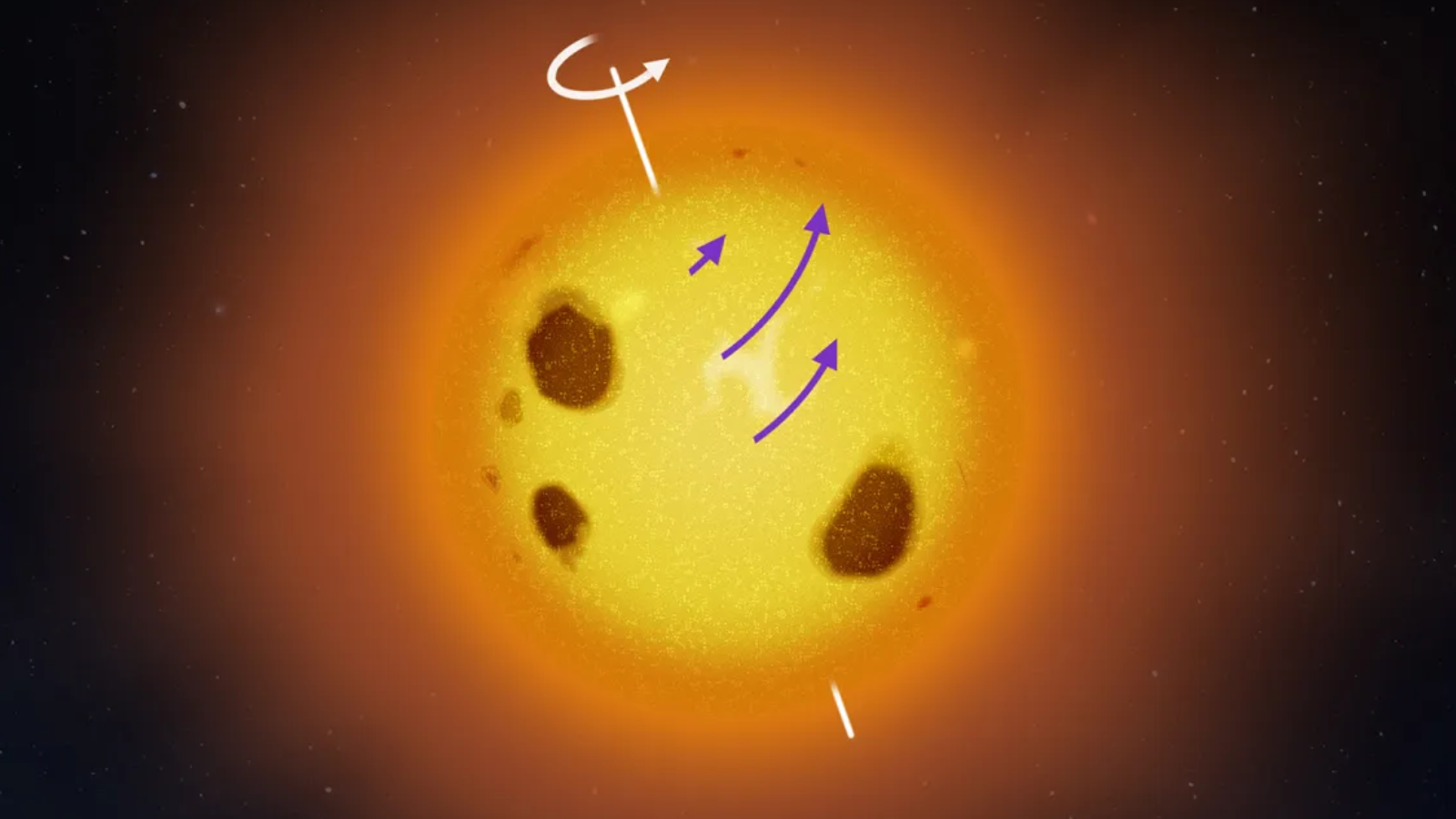
Stellar oddball: Nearby star rotates unlike any other
By Robert Lea published
V889 Herculis is an oddball unlike any other star we've ever seen. The nearby sun-like star rotates in a strange way that defies prediction.
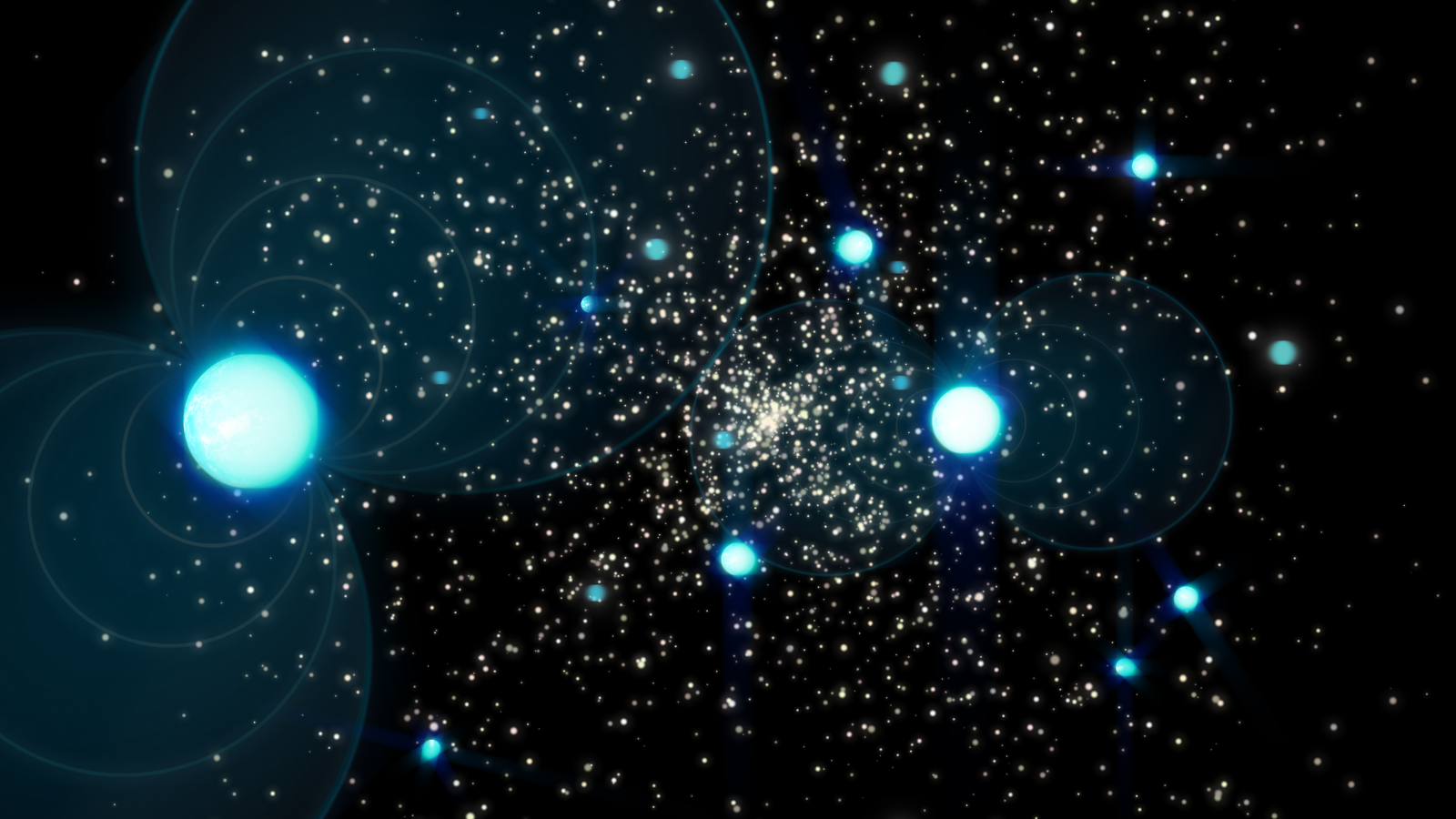
10 new dead star 'monsters' discovered at the heart of the Milky Way
By Robert Lea published
Ten neutron stars found lurking in the Milky Way include cosmic black widows killing stars with "webs" of viscous plasma and a speed demon that spins over 700 times per second.
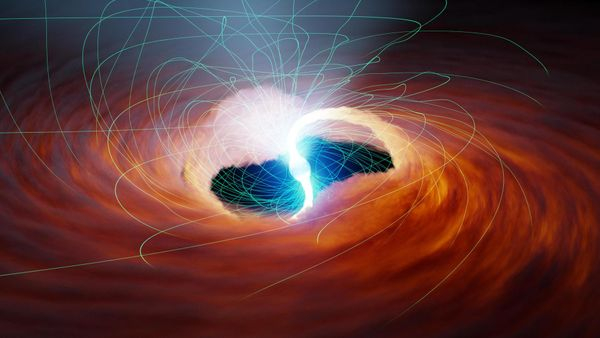
Dead stars sometimes shine again — and gravity itself may be responsible
By Paul Sutter published
Do dead stars glow? A strange gravitational phenomenon could be generating enormous amounts of light around neutron stars, new research suggests.
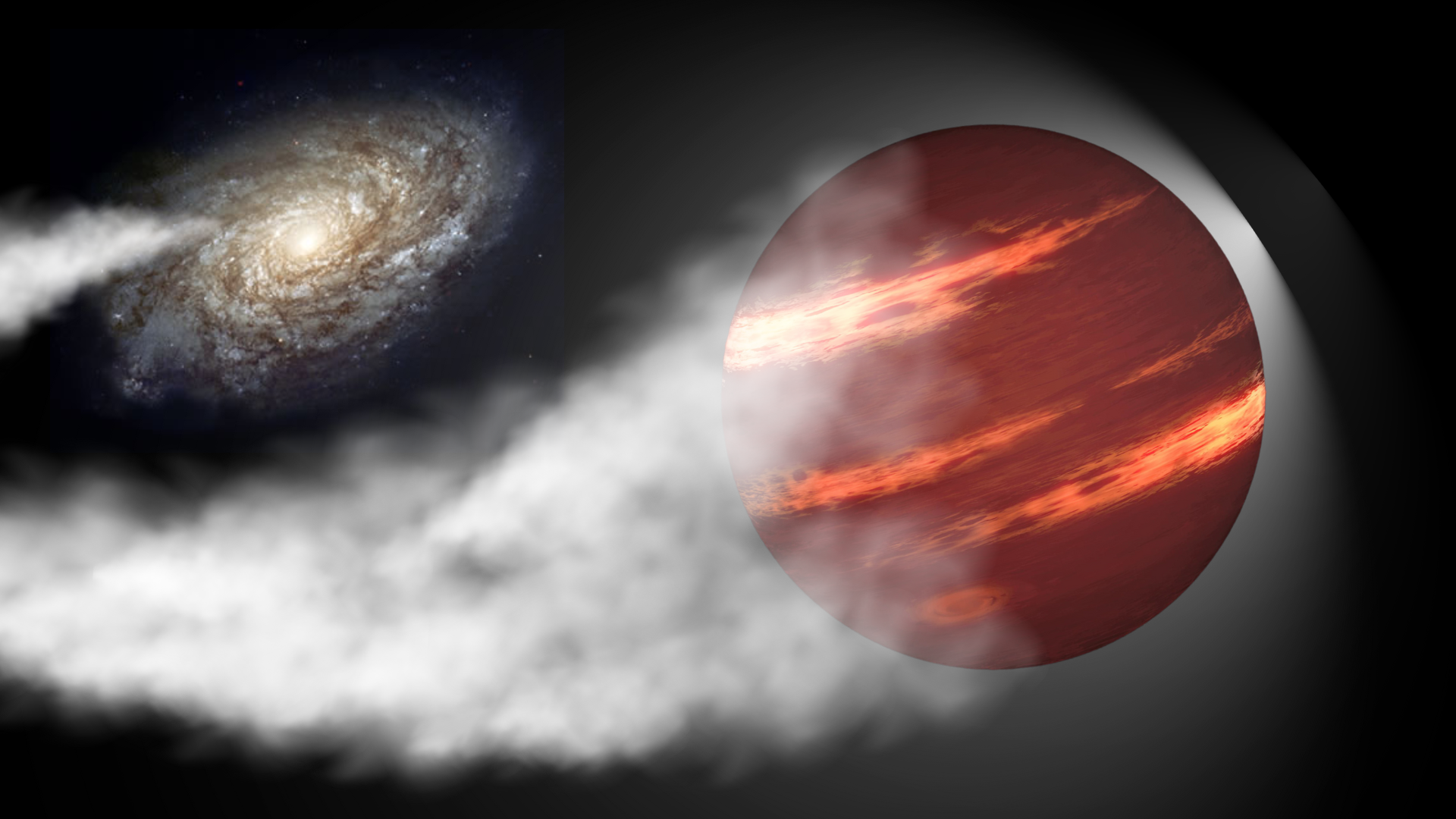
Runaway 'failed star' races through the cosmos at 1.2 million mph
By Robert Lea published
Citizen scientists have discovered what may be a brown dwarf racing through the cosmos at around 1.2 million miles per hour. Now astronomers want to know what launched it.
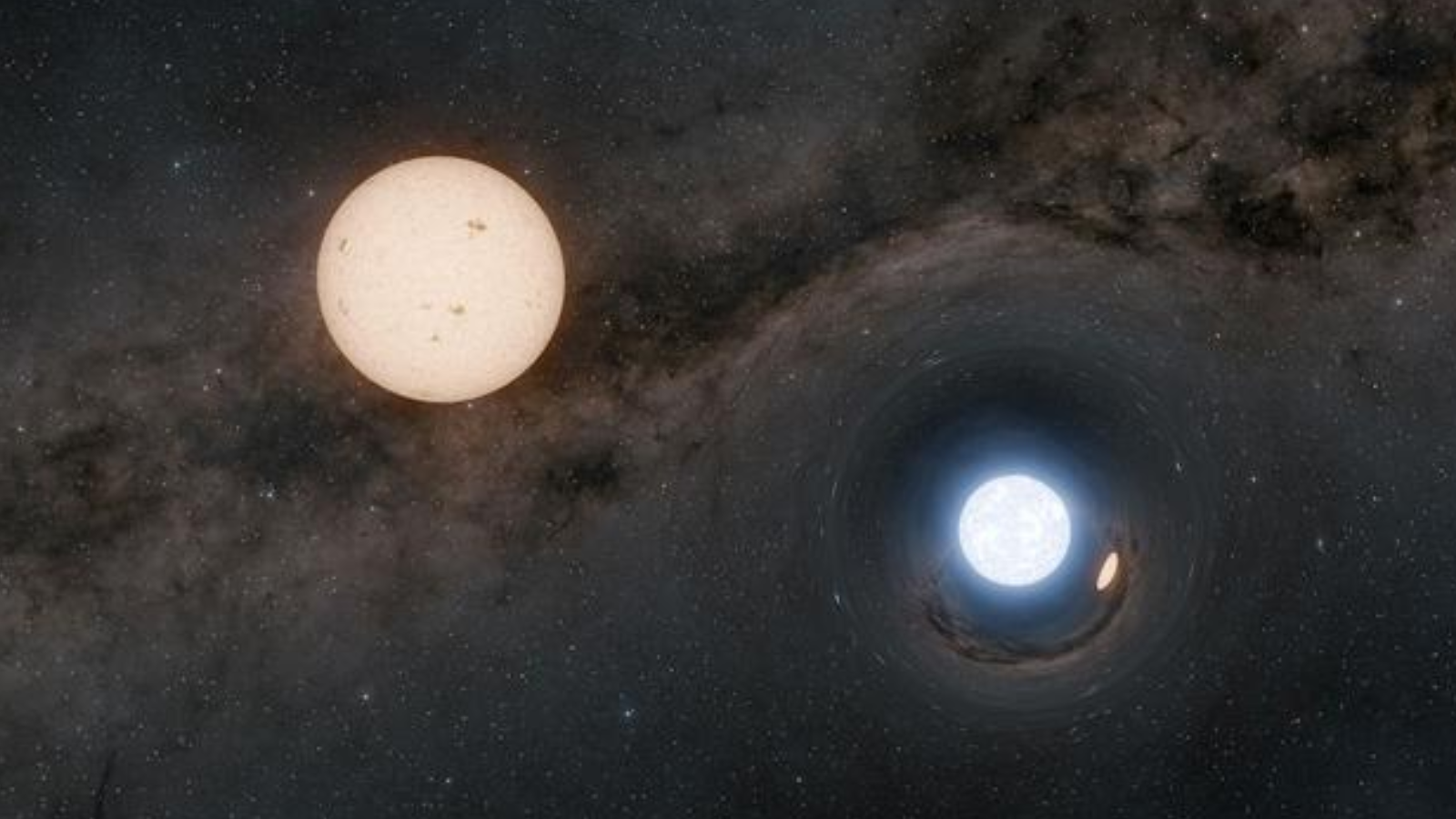
21 'one-in-a-million' extreme dead stars found hiding around sun-like stars
By Robert Lea published
Astronomers have detected 21 rare systems with widely separated neutron stars and sun-like stars. These binaries are "one in a million" and challenge dead star binary formation models.
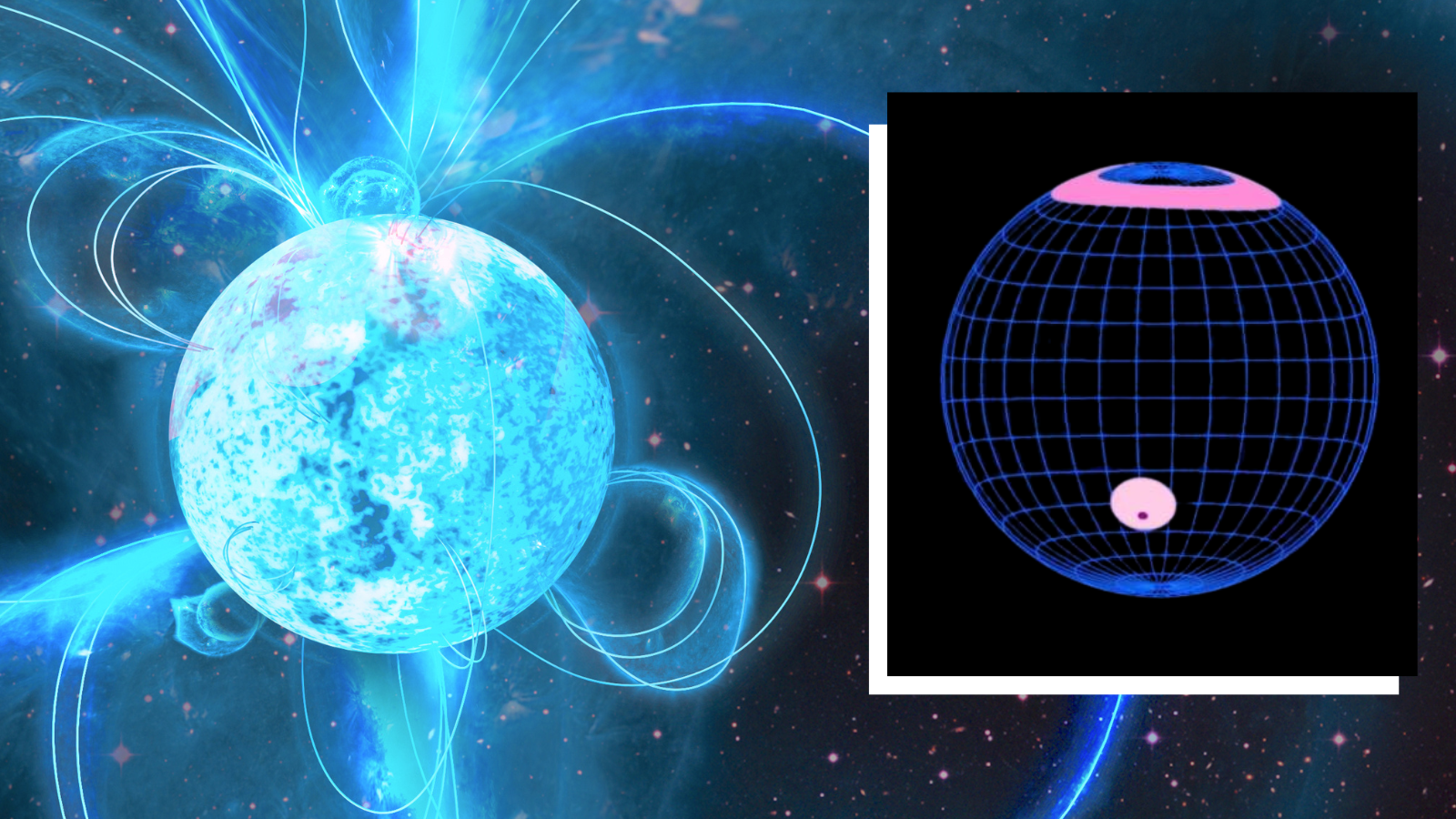
NASA X-ray telescope 'weighs' the closest rapidly spinning dead star to Earth
By Robert Lea published
NASA's ISS-mounted X-ray telescope NICER has weighed and measured the closest pulsar to Earth. The neutron star PSR J0437 spins 174 times a second and has a mass of 1.4 suns.
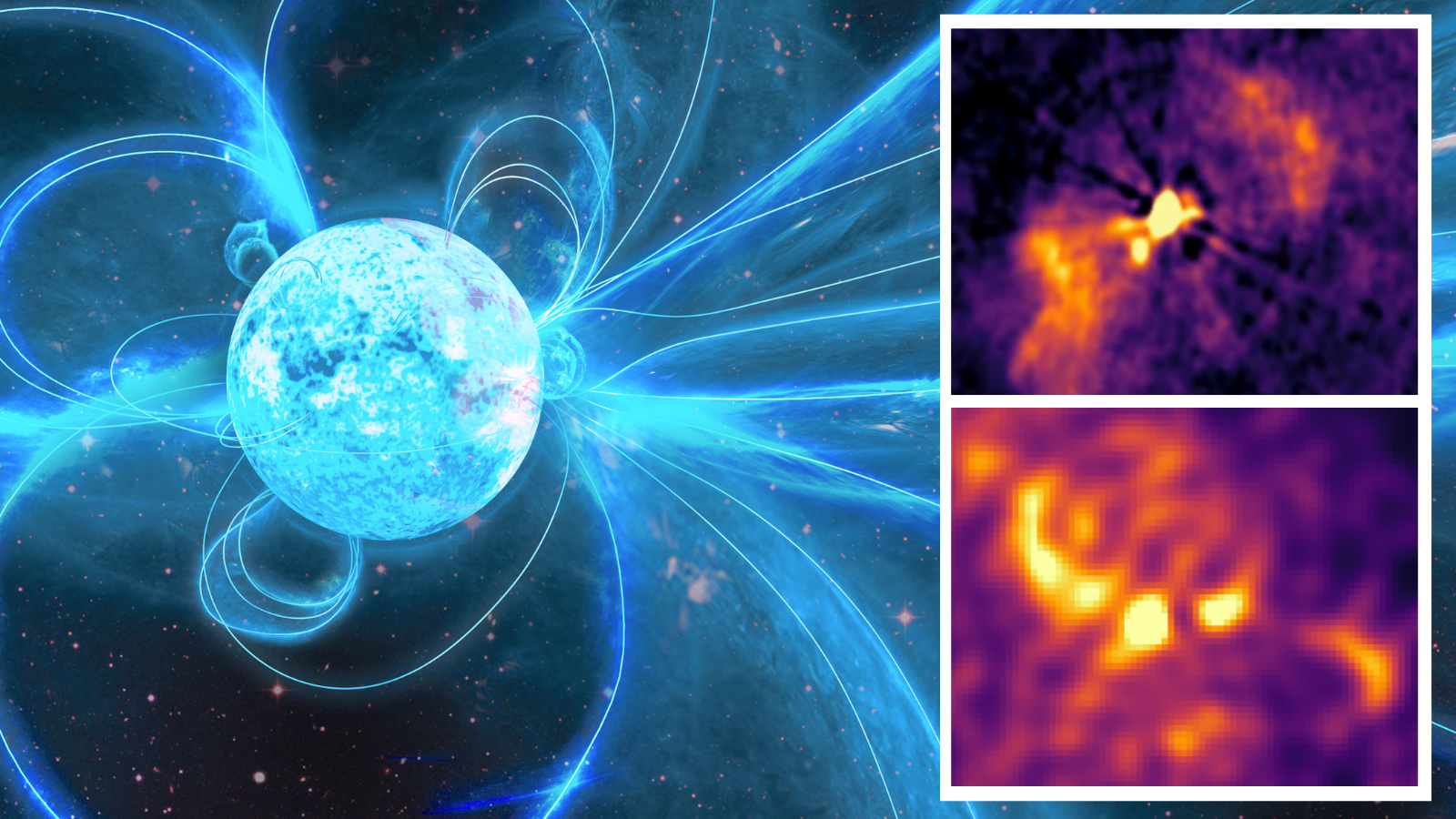
Strange 'garden sprinkler' jets are erupting from a dead vampire star
By Robert Lea published
Scientists have seen a cannibalistic neutron star spraying S-shaped jets like a cosmic garden sprinkler as it feeds on a companion star.
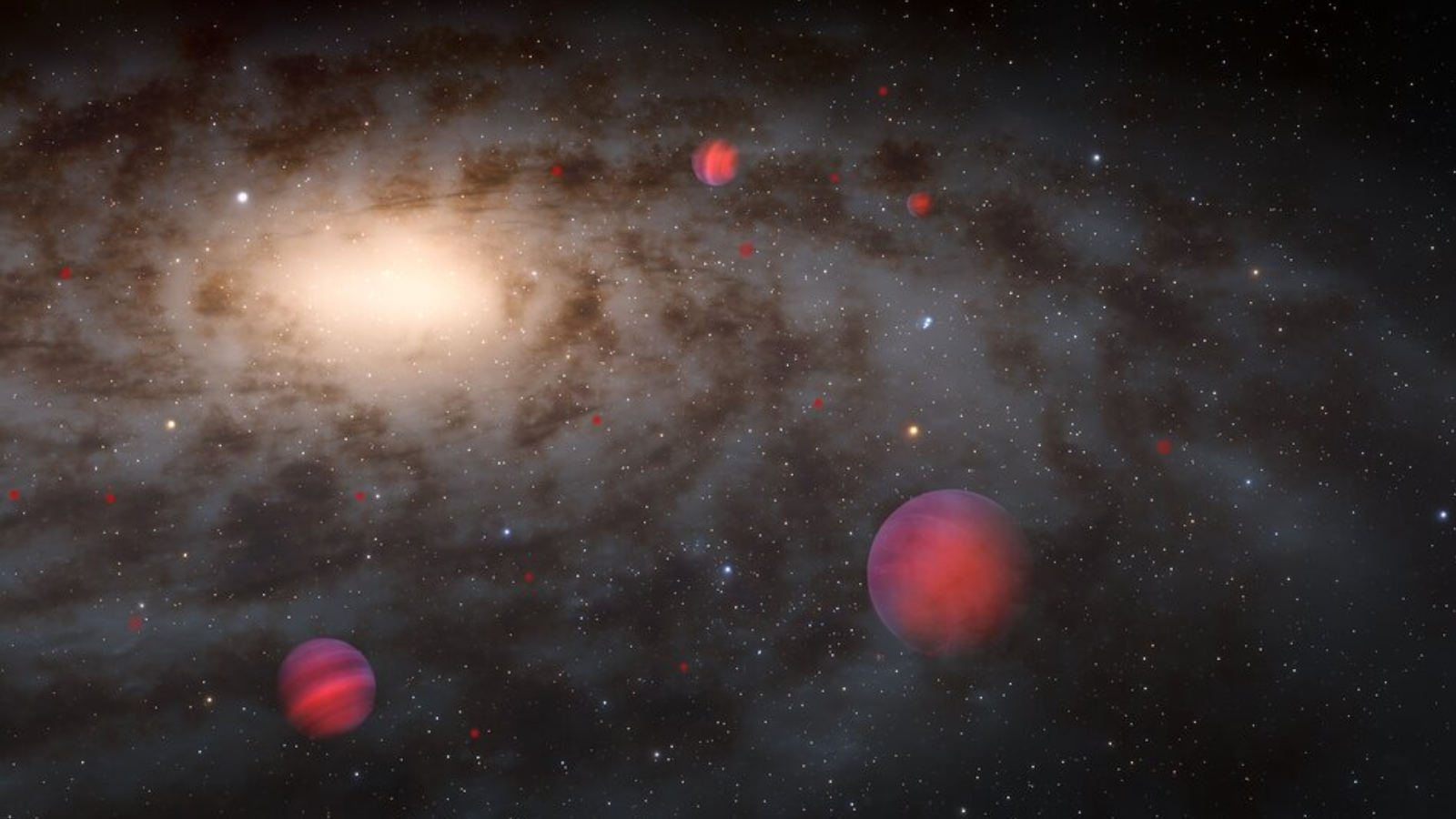
How the Rubin observatory could detect thousands of 'failed stars'
By Robert Lea published
"It's possible we’re swimming in a whole sea of these objects that are really faint and hard to see."
Get the Space.com Newsletter
Breaking space news, the latest updates on rocket launches, skywatching events and more!
